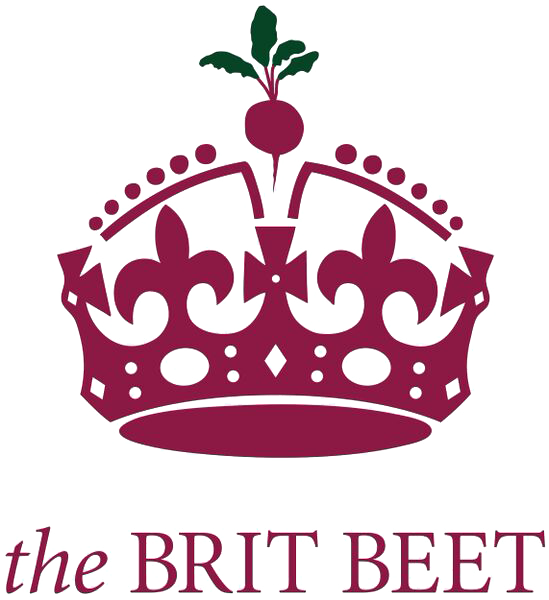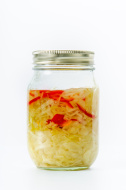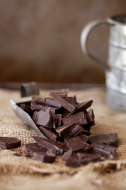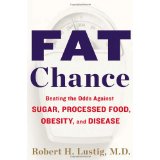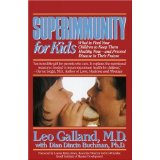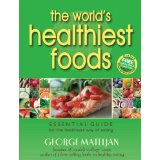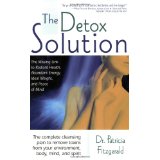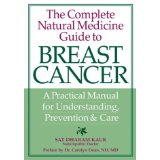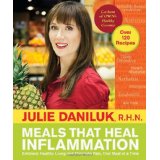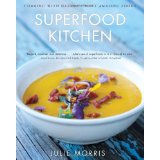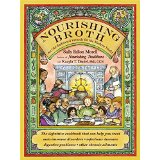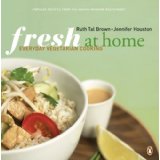I’m a big fan of the F word – I use it all the time. My kids don’t like it, my husband just ignores it and often friends don’t want to hear me say it anymore.
That’s right … Fiber. I’ve said it and I'm not taking it back.
But you may be wondering why I am such a fan?
You see, for years I had the stoggy English diet – think meat pies, scones, cornflakes and heaps of potatoes and gravy and very little fibre. I was constantly constipated- my stomach stuck out like I was 4 months pregnant; I felt tired and uncomfortable.
As I discovered the wonderful world of nutrition, and my diet naturally became more fiber-intensive with beans, seeds, whole fruit, heaps of veggies and nuts, these issues receded. However, I continued to find if I was traveling or out of my routine, some of the same issues would come back.
My hallelujah moment came when I started adding ground flax and chia seeds to my morning smoothie bowl. It took everything to a whole, new level!
Now that I've discovered the magic of fiber in the form of flax and chia seeds, I never start my day off without them.
I buy the seeds in bulk, store them in a glass container in the cupboard, then once a week, grind about one cup of each into a powder and store them in a glass jar in my fridge. That way, they’re ready for my smoothie bowl every morning!
Of course, I make sure I keep eating all those wonderful plant foods that continue to provide my foundational fiber source.
7 Great Reasons for YOU to love FIBER, especially GROUND flax and chia seeds!
Goodbye constipation: Hello flat stomach! Yes, we need fiber to end our days of constipation, which can have a negative effect on our mood, energy and overall health.
Hello Radiant skin: Fiber helps move toxins out of our bodies instead of through our skin, which can means less acne, rashes or itchy skin conditions and more glow!
Yes to Weight Loss: Fiber helps slows down our digestion, making us feel fuller for longer so we are not reaching for those quick ‘hits’ like chips, candy and muffins!
Mood stabilizer: Soluble fiber helps to slow down the digestion of simple carbs/sugar helping control our blood sugar levels, so we are not on that sugar ‘rollercoaster’.
Heart health: An inverse association has been found between fiber intake and heart attack, and research shows that those eating a high-fiber diet have a 40 percent lower risk of heart disease.
Stroke: Researchers have found that a greater dietary fiber intake is significantly associated with lower risk of a first stroke. (1)
Gastrointestinal disorders: Diverticulitis/Hemorrhoids: Increasing your dietary fiber intake helps with a number of gastrointestinal disorders, including, diverticulitis, hemorrhoids, gastroesophageal reflux disorder, duodenal ulcers and of course, constipation. (2)
Quick Fibre Facts
Did you know that there are 2 types of fiber?
Soluble
This fibre dissolves into a gel-like consistency and slows down our digestion helping us feel fuller for longer. Found in foods like berries, pears, winter squash, cucumbers, beans and nuts.
Insoluble fiber
This fibre adds bulk to our stools and helps food to move through your digestive tract more quickly for healthy elimination. Found in foods like dark green leafy vegetables, green beans, celery, and carrots.
Ground/unground chia seeds: Mixture of soluble and insoluble fibre
Whole flax seeds: Insoluble fiber only, due to their hard outer shell.
Ground flax seeds: Mixture of soluble and insoluble
BRIT BEET Tip: When increasing fiber in your diet such as chia and flax seed, it's best to start off slowly, whilst increasing your intake of water. Begin with one teaspoon amounts, increasing every 3 days until 'smooth banana-like' bowel movements are a daily experience. (*Note: Fibre can be damaging when there is a compromised digestive tract, so adjust accordingly or talk to a Holistic Nutritionist.)
